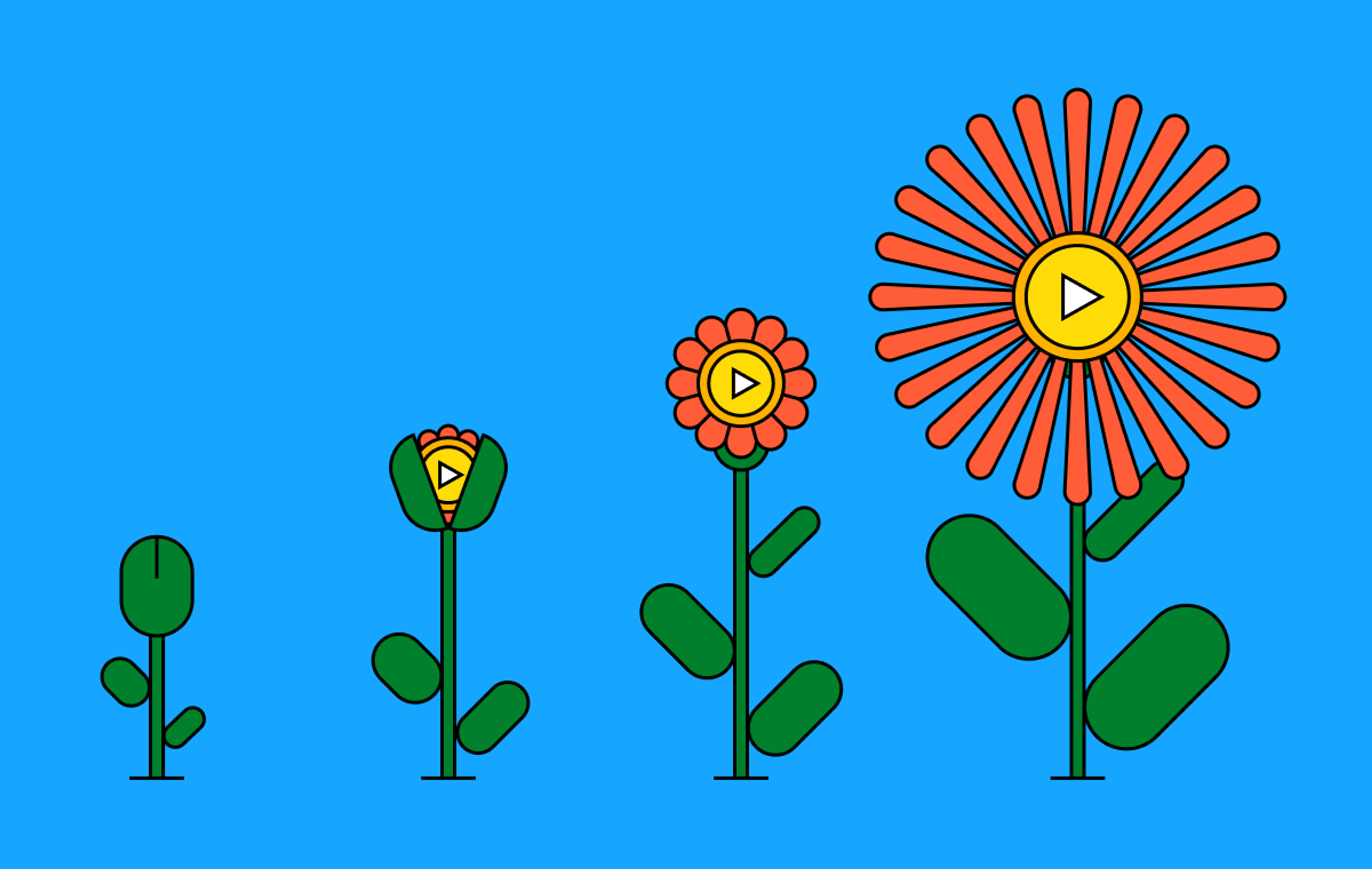Updated 3/6/25: Long-term storage is now GA and we've changed the name to long-term metrics. Learn more
At Mux we’re a little obsessed with flexibility and giving our customers more options (levers and knobs, we like to call them) to build the best video for their use cases. This past year alone, Mux has launched a new Starter plan, added features to basic assets (formerly known as baseline), and introduced Automatic Cold Storage.
We’re excited to announce that we have some new knobs for Mux Data customers as well — Mux Data customers will have the option to select longer storage terms for their metrics. We’re calling it long-term storage (we know, peak creativity). Long-term storage includes 13 months of data retention for all engagement and Quality of Experience (QoE) metrics along with basic dimensions helpful for historical analysis. Unlike long-term metrics from other providers, you don’t need to pre-configure what metrics or queries are supported and you’ll be able to access long-term data within the same API and Metrics Dashboards that you currently use today. It’s available today in private beta so we can get more customer feedback before releasing it to all customers.
Of course, Mux has always given you access to this data but it didn’t live directly in the Mux platform over the long term. With long-term storage, you can still build your custom data workflows and integrations but you can also access those metrics in the Mux Data dashboard. Basically, you’ve got options and we think that is a powerful thing.
Giving you more options
Mux Data has always focused on providing you rich data and toolsets to analyze your data. Core to our values is your ability to own that data and how you use it. Whether by offering streaming exports via Amazon Kinesis and Google PubSub for instant access to your data built for cloud workflows, seamless third-party integrations, or CSV exports. These tools provide you the ability to store and analyze your data to meet any business need on any time horizon.
This focus on data portability means we have kept your data only as long as necessary for quickly understanding and improving QoE. When working on improving your streaming performance, the most recent data is the most relevant. You want to understand what is causing issues now, not last month or last year. Of course, you need some historical context, provided by our nearer-term data, to put your current performance in perspective. For example, you may want to track how your latest player version compares with the previous versions over the preceding months. This level of context helps you pinpoint the cause of the issue and contextualize performance within your overall performance trends.
However, our customers use Mux Data for more than just operational QoE. For example, Mux Data can help you inform capacity planning by tracking total views based on season, content, or a specific event. You may report on KPIs such as viewership, video startup time, or overall performance scores. Your marketing team may want to analyze Mux Data to understand what content is most popular and driving adoption.
For many of these use cases, having access to data over a longer term is helpful. Tracking KPIs this year vs. last year helps you understand your success over time. Some of the biggest events in the world use Mux Data and they may only happen once a year. Being able to analyze last year’s performance directly in Mux Data helps you understand capacity planning for this year’s event. Understanding device adoption trends can help product managers understand when it is time to end-of-life a platform or invest in a different platform altogether.
Learn more
If you are interested in storing your metrics long-term and want to try the private beta, you can sign up here to learn more or reach out to your account team.



